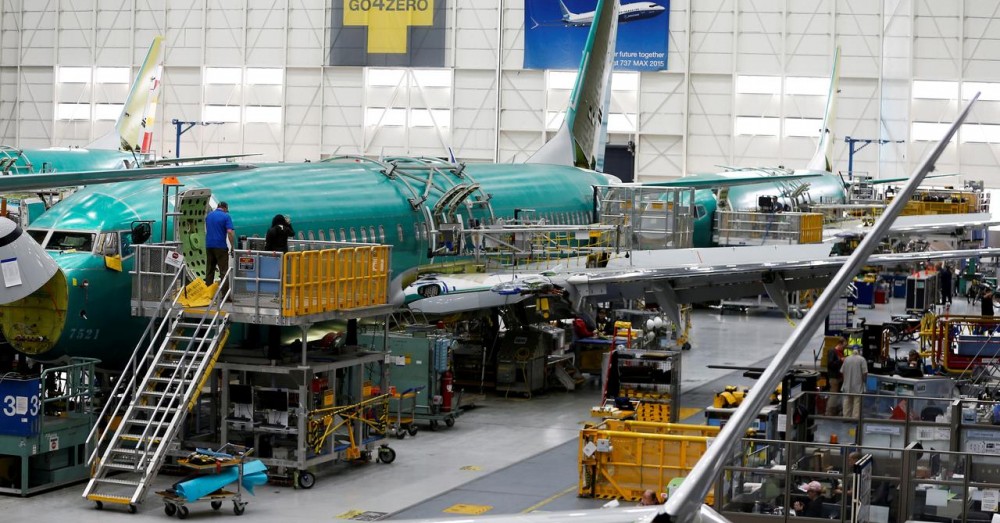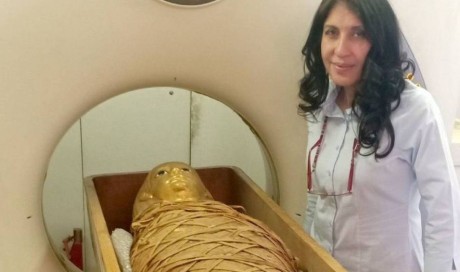Maintenance firms and spare parts producers who keep airplanes running are bracing for a decline of up to 75% in sales this year - and more pain to follow - as airlines park or retire thousands of aircraft due to the coronavirus pandemic.
Worth about $80 billion in sales last year, the industry ranges from engine makers like General Electric Co (GE.N) and Rolls-Royce Holdings Plc (RR.L) to systems companies like Honeywell International Inc (HON.N) and Raytheon Technologies Corp RTX.N and a host of smaller suppliers.
Jetliners on average cost $3 million a year to service and make up a significant portion of revenue for most of these firms. That is under threat as the crisis cripples air travel and reduces the number of hours planes spend in the air, pushing back overhauls.
“We foresee reduction in maintenance, repair and overhaul demand of 60% or more for commercial aero engines (in 2020). And production will fall 40-50%,” said Kevin Michaels, managing director at aerospace consulting firm AeroDynamic Advisory.
“We will have an overhang of thousands and thousands of aircraft more than we require for years. To balance that out, you are going to have to retire thousands of aircraft.”
The decline of up to 75% in services revenue, which amounts to about $60 billion in lost sales, was estimated by analyst Richard Aboulafia at aerospace consultancy Teal Group.
Lower demand for new jets is also causing the industry to revisit projections for demand for services later on, as fewer jets come down the pipeline for future parts servicing.
Thousands of layoffs are already planned or under way but some aerospace experts suggest the impact is likely to be deeper than originally thought and point to several years of hard choices, with the market properly recovering only in 2023.
The International Air Transport Association said last week that airlines would lose $84 billion in 2020, with revenue down by half to $419 billion, the worst year in the sector’s history.
“This is going to be a very brutal time for companies dependent upon aftermarket revenues,” Aboulafia said.
“The job cuts and spending cuts have only begun,” he added. “Generally, they need to fall as closely in line with output as possible, and output - of aircraft and spare parts - has only begun to be cut too.”
Share This Post














